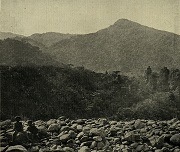 Figure 19: Photo of Chen Cheng-po Sketching at Lake Taihu, approximately 1929-1933.
Source: Chen Cheng-po Painting and Papers Chen Cheng-po (1895-1947) was born in Chia-yi. In the 1910s, he studied at the National Language School of the Taiwan Government General (now University of Taipei). While studying there, he was inspired by Kinichiro Ishikawa (1871-1945) and established a foundation for creating art. In the 1920s, in order to practice his artistic career, he quit his stable teaching job and entered the Tokyo Art School. In 1926, his oil painting, Outside the Chiayi Street, was selected for the Exhibition of the Imperial Fine Arts Academy. He was the first Taiwanese painter to earn this honor and attracted attention from the public. While he was studying in the Tokyo Art School, he went on several sketching trips to China (see Figure 19). He may have taken these trips because he was influenced by the “Chinese-style” which was popular in Japanese art communities at the time, or that he wanted to continuously create innovative themes in paintings. His Lucid Water was selected for the First National Exhibition held by the Ministry of Education in April, 1926. This painting depicts one of the ten famous sceneries of Hangzhou, “Lingering Snow on the Broken Bridge” of West Lake (see Figure 20). This painting exhibits the painter’s techniques of brush strokes and borrows the composition style of “one river, two banks” from traditional Chinese ink wash painting. It leads the audience’s sight from the dry branches in the foreground to the sailing boats and the reflection of the bridge on the river, then to the hazy mountains in the background. Moreover, tourists and utility poles located beside the bridge present the modernity of this painting. Lucid Water, also named Lingering Snow on the Broken Bridge, was selected for the Third Taiwan Fine Arts Exhibition in 1927. Chen Cheng-po treasured this painting very much. He left the following words in his will: “Lingering Snow on the Broken Bridge must be carefully kept by my family.” 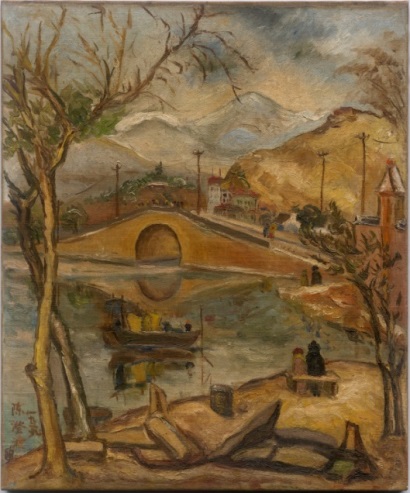 Figure 20: Lucid Water, painted by Chen Cheng-po in 1929. Oil on Canvas, 73x60.5cm, private collection.
Source: Identifier: CCP_01_02001_OCS1_03, Chen Cheng-po Painting and Papers, Taiwan Archival Information System After finishing his graduate school degree at the Tokyo Art School in March, 1929, he decided to launch his career in China. He had taught in several art colleges such as Xing-hua, Chang-ming, and Yi-yuan (see Figure 21). While living in Shanghai, he not only worked on Chinese traditional painting and nude painting, but also went sketching in different places, trying to find new themes for landscape paintings. He merged the features of Eastern and Western art by combining different themes, techniques, and materials. He actively joined exhibitions and art communities in Taiwan, Japan, and Shanghai. In August, 1930, he took his wife and children to Shanghai. During the period of family reunion, he usually used his family’s daily life as themes for his figure sketching and oil paintings (see Figure 23-25).  Figure 21: Chen Cheng-po’s contract issued by the Department of Western Painting of Xing-hua Art College in 1930.
Source: Identifier: CCP_06_01_ID3_11, Chen Cheng-po Painting and Papers, Taiwan Archival Information System Description: On October 1, 1930, Yu Ji-fan, the President of Xing-hua Art College, hired Chen Cheng-po as a professor of the Department of Western Painting. The contract records that he had to teach 21 hours, and earned 100 dollars per week. 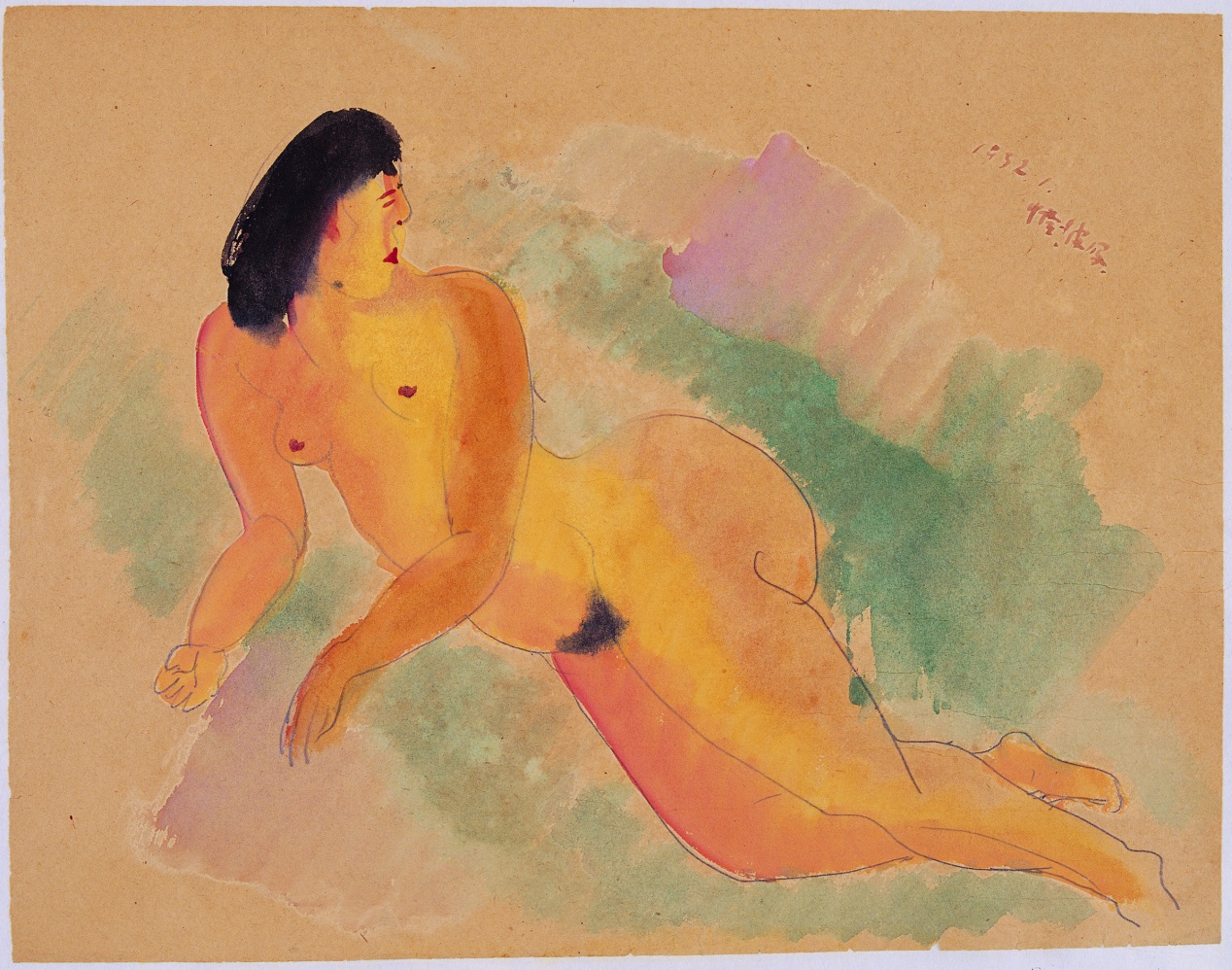 Figure 22: Lying Nude Lady, painted by Chen Cheng-po in January, 1932. 29x37.5cm.
Source: Identifier: CCP_03_02019_SWP12_42, Chen Cheng-po Painting and Papers, Taiwan Archival Information System Description: This watercolor painting sketches the model’s side lying pose. Chen Cheng-po used light yellow to highlight the body, drawing the background with pink purple and light green.  Figure 23: Chen Cheng-po’s application for traveling abroad in 1930.
Source: Chen Cheng-po Painting and Papers Description: On July 29, 1930, Chen Cheng-po made a passport application to the Tainan State Government with an affidavit and a list of his family members including his wife and three children.
 Figure 24: Registry of passports recording Chen Cheng-po’s information in August, 1930.
Source: Identifier: T1011_03_07, Registry of Passports Issued by Taiwan Government-General, Taiwan Archival Information System
Description: In August, 1930, the Registry recorded “Chen Cheng-po and one male, three females.” The general information of the passport includes name, identity, age, race, ancestral registration, address, passport number, issuance time, destination, and the purpose of traveling. Generally, each person had to fill out his or her own registering form. If the applicant’s wife and children did not have their own passport, then their information would be registered in the same column with the main applicant since they planned to go abroad together.
 Figure 25: Photograph of Chen Cheng-po and his family in Shanghai, 1931.
Source: Chen Cheng-po Painting and Papers Description: From the left: Chen Cheng-po’s 6th younger brother Chen Yao-qi, Chen Cheng-po’s elder son, Chen Cheng-po, his younger daughter Chen bi-nu, his wife Chang Jie, his elder daughter Chen Zi-wei. In 1931, Chen Cheng-po finished My Family (see Figure 26). This oil painting is the only one that includes all of his family members. He used an overlook perspective to depict his family members, who are wearing winter coats, sitting around the round table. Figures from the left are Chen Cheng-po, his younger daughter Chen bi-nu, his wife Chang Jie, his elder son Chen Chong-guang and elder daughter Chen Zi-wei. Inkbrush, correspondence, books, and painting album are on the table. The members hold brushes, a needle and thread, a color picture, and toys, symbolizing their interests and talents (see Figure 27). 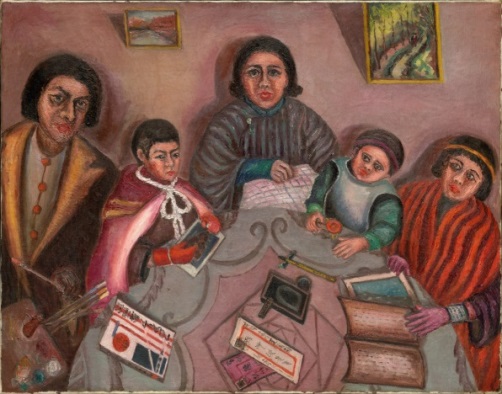 Figure 26: My Family, painted by Chen Cheng-po, 1931. Oil on Canvas, 91x116.5cm, private collection.
Source: Identifier: CCP_01_02012_OCS2_01, Chen Cheng-po Painting and Papers, Taiwan Archival Information System 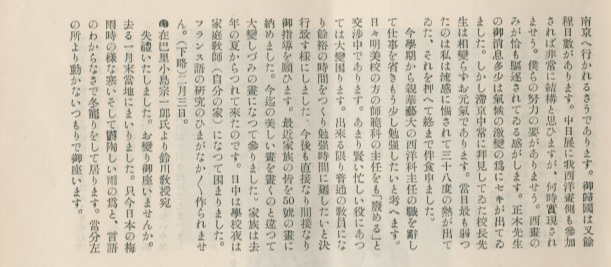 Figure 27: Images of the monthly magazine published by the Tokyo Art School Alumni Association in March, 1931, vol. 29, no. 8.
Source: Identifier: T1033_02_0059, Guo Shuang-fu Collection, Taiwan Archival Information System Description: In this article, Chen Cheng-po said: “recently I finished a family portrait. It’s a contrast to the beautiful paintings of the past. This painting has deep meaning. I brought my family to Shanghai last summer. I teach at the college by day and teach at home at night. Barely having time to learn French, I feel worried.” The January 28 Incident broke out in 1932. As overseas Japanese living in an unstable city, Chen Cheng-po first sent his family back to Taiwan and later left Shanghai in 1933. In the last year he lived in Shanghai, he completed (see Figure 28), portraying the view of the Bund (Waitan). In the center of the painting is the World War I Memorial built in 1924. Banks, firms, architectures of consulates are crowded behind the Memorial. The scattered people near the Memorial reflect the prosperous and exotic cityscape of Shanghai in the 1930s. In addition, Chen Cheng-po also collected a postcard of the Shanghai Bund, which can be a reference when appreciating Shanghai Port (See Figure 29). 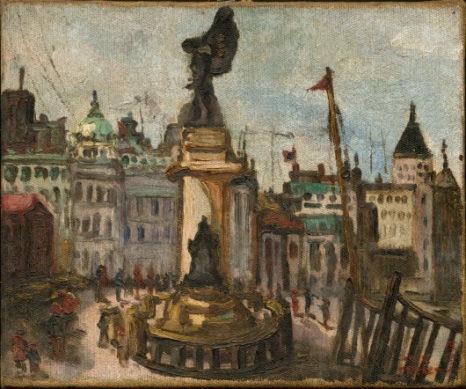 Figure 28: Shanghai Port, painted by Chen Cheng-po, 1933. Oil on Canvas, 38x45.5c cm, private collection.
Source: Identifier: CCP_01_02032_OCS1_10, Chen Cheng-po Painting and Papers, Taiwan Archival Information System  Figure 29: Shanghai Bund scenery postcard collected by Chen Cheng-po.
Source: Identifier: CCP_082108_PP090_001, Chen Cheng-po Painting and Papers, Taiwan Archival Information System |
 |


